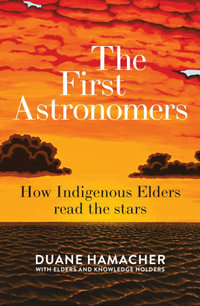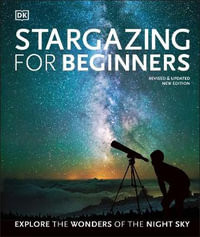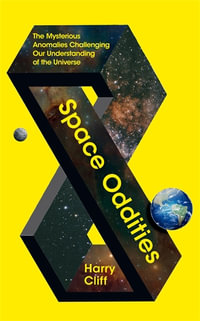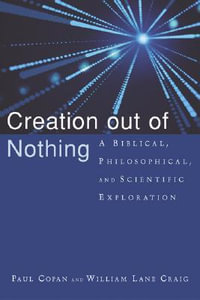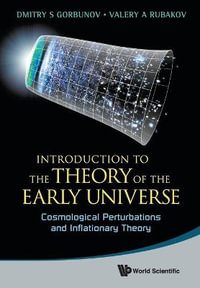Table of Contents.- Preface.- Chapter 1: Introduction.- 1.1: In the Beginning.- 1.2: What is "Life?".- 1.3: The Miller Urey Experiment.- 1.4: General Background and Definitions.- Chapter 2: What is the Origin of the Lightest Elements.- 2.1: The Big Bang.- 2.2: The Supernova Cosmology Project.- 2.3: The Wilkinson Microwave Anisotropy Probe.- 2.4: Olber's Paradox.- 2.5: Big Bang Nucleosynthesis - BBN.- Chapter 3: What is the Origin of the Rest of the Elements?.- 3.1: Introduction to Stellar Nucleosynthesis.- 3.2.1: Hydrogen Burning.- 3.2.2: Helium Burning.- 3.2.3: Subsequent Burning Stages.- 3.3: After Stellar Burning.- 3.3.1: Creating a Core-Collapse Supernova Explosion.- 3.3.2: Synthesizing the Heavy Elements.- 3.3.3: White Dwarfs.- 3.3.4: Type Ia Supernovae.- Chapter 4: Creation of Molecules in the Interstellar Medium.- 4.1: The Electromagnetic Spectrum.- 4.2: Detecting Photons of Different Energies.- 4.3: Secrets from Meteorites.- 4.4: Mining the Comets.- 4.5: The Next Huge Step - Forming Life from the Molecules Delivered to Earth.- Chapter 5: Amino Acids and Chirality.- 5.1: A Primer on Amino Acids.- 5.2: Chirality and Polarization.- 5.3: Relating Optical and Molecular Chirality.- 5.3.1: Chiral Selection.- 5.3.2: A Little Atomic Physics and Some Very Basic Quantum Mechanics.- 5.4: The Other Molecules of Life.- Chapter 6: How Have Scientists Explained the Amino Acid Chirality?.- 6.1: Models that Produce Chirality.- 6.1.1: Chiral Selection via Circularly Polarized Sunlight.- 6.1.2: Chiral Selection via Circularly Polarized Sunlight.- 6.1.3: Chiral Selection via the Weak Interaction.- 6.1.4: Chiral Selection via Chemical Selection in Clay.- 6.2: Amplification via Chemical Catalysis.- 6.3: Laboratory Experiments and Theoretical Developments.- 6.4: Terrestrial Amplification.- 6.5: Concluding Remarks on Amplification.- Chapter 7: What Happens to the Amino Acids When the Supernova Explodes?.- 7.1: The Supernova.- 7.2: The Neutrino Story.- 7.3: Interactions of Neutrinos with 14N.- 7.4: Relating the 14 N Spin to the Molecular Chirality.- 7.5: The Supernova Progenitor Star.- Chapter 8: Spreading Chirality Throughout the Galaxy and Throughout the Earth.- 8.1: Might Supernovae Process All the Amino Acids in the Galaxy?.- 8.2: Spreading Molecules and Enantiomerism Throughout the Galaxy.- 8.2.1: Cosmic Amplification.- 8.2.2: Cosmic Amplification.- 8.2.2: Galactic Mixing.- 8.2.3: Planetary Amplification.- 8.3: Testing the Models of Amino Acid Chirality.- 8.4: The Impact of Amino Acid Chirality on Questions of the Origin of Life in the Universe.- Chapter 9: What About the Rest of the Universe?.- 9.1: Are We Alone?.- 9.2: Extremophiles on Earth.- 9.3: And From Outer Space?.- Glossary.- Index.
Industry Reviews
From the reviews: "Boyd ... presents a summary of his work and that of his colleagues in which the left-handed symmetry is postulated to result from exposure of the amino acids to circularly polarized starlight during their formation in space. ... the book serves as an in-depth introduction to the topic of the extraterrestrial origin of amino acids. ... The text is very lucid and accessible to general readers ... . Summing Up: Recommended. Lower-division undergraduates through graduate students; informed general readers." (A. Spero, Choice, Vol. 49 (11), August, 2012)




